
This logo isn't an ad or affiliate link. It's an organization that shares in our mission, and empowered the authors to share their insights in Byte form.
Rumie vets Bytes for compliance with our
Standards.
The organization is responsible for the completeness and reliability of the content.
Learn more
about how Rumie works with partners.
You're in the dynamic atmosphere of a thriving tech company's office, surrounded by cutting-edge technology and futuristic ideas. You notice a unique quality among some of your coworkers.
 Lily seems to have a superpower for spotting patterns in data that others miss.
Lily seems to have a superpower for spotting patterns in data that others miss.
 Oscar is always brimming with creative ideas, even in the face of tight deadlines
Oscar is always brimming with creative ideas, even in the face of tight deadlines
 Lucas thrives in the fast-paced environment, effortlessly juggling multiple tasks at once.
Lucas thrives in the fast-paced environment, effortlessly juggling multiple tasks at once.
 Can you guess what these individuals have in common?
Can you guess what these individuals have in common?
They're part of a growing movement embracing neurodiversity in the workplace.
 Neurodiversity is about recognizing and embracing how our brains work in unique ways. From autism to ADHD, dyslexia to dyspraxia, each brain is wired differently, bringing a fresh perspective and a variety of talents to the table.
Neurodiversity is about recognizing and embracing how our brains work in unique ways. From autism to ADHD, dyslexia to dyspraxia, each brain is wired differently, bringing a fresh perspective and a variety of talents to the table.
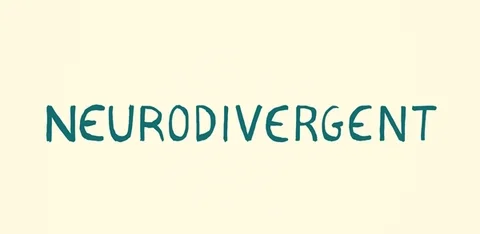 Neurodivergent people experience the world in their own special way, which is sometimes tricky but also helps them come up with great ideas and solve problems in creative ways.
Neurodivergent people experience the world in their own special way, which is sometimes tricky but also helps them come up with great ideas and solve problems in creative ways.
Adjustments in the working environment
When workplaces appreciate these different attributes and embrace a neurodiversity-affirming practice, it drives productivity and benefits everyone who is involved.

Employers can follow neurodiversity-affirming practices by making simple arrangements, such as:

Providing quiet working spaces or special headphones for those who are sensitive to loud noises
Offering adjustable lighting to accommodate different sensory needs
Allowing fidget toys and encouraging movement during work

Promoting clear communication by avoiding sarcasm or implied expressions, and providing easy-to-follow instructions
Cultivating a culture of kindness and patience towards everyone
Offering training to raise awareness about neurodiversity and promote understanding and acceptance among employees and managers
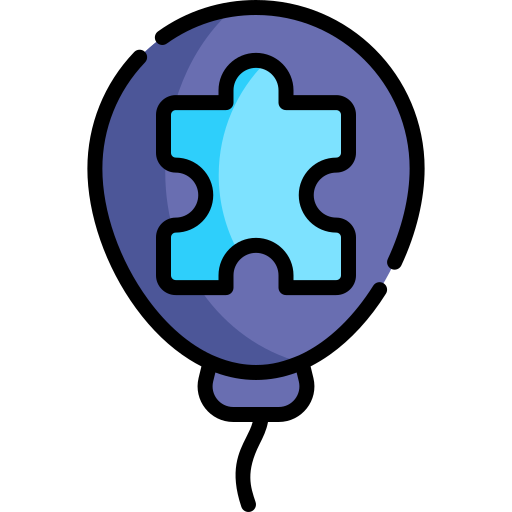
Don't miss this great Byte about how to support neurodiversity in the workplace to learn more.
Benefits for individual employees

Increased job satisfaction and engagement
Being genuinely appreciated and supported at work for your distinct strengths and abilities! That's the experience neurodivergent employees enjoy when they're acknowledged in the workplace.
When they feel fulfilled and involved at work, every day feels rewarding!
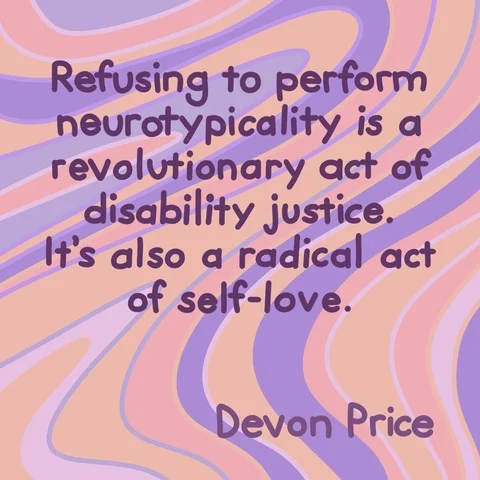
Improved mental health and well-being
Instead of stressing out or feeling anxious because they have to hide parts of who they are, they get to be their authentic selves. And this means less stress, less anxiety, and a lot more smiles!
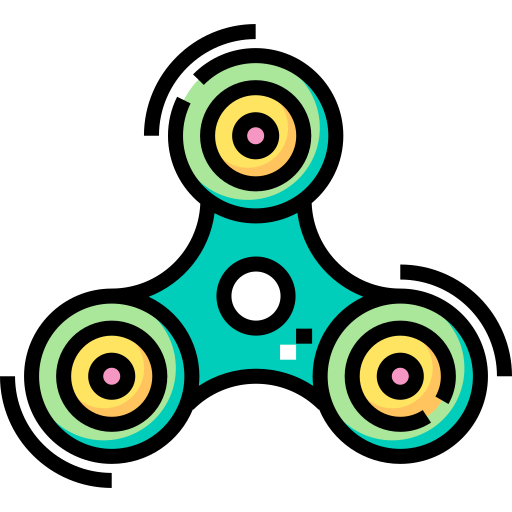
Greater opportunity to thrive
Accommodations and supportive environments provide all the space and tools neurodivergent employees need to thrive in their roles.
With the right setup, they tap into their strengths, unleash their potential, and tackle challenges.
Benefits for organizations
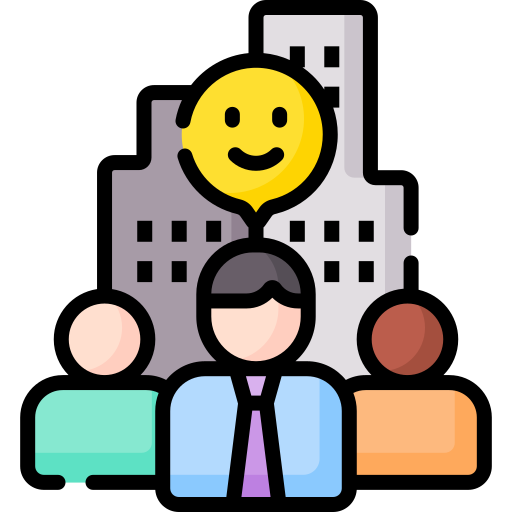
Enhanced innovation and creativity
Neurodivergent employees provide their teams with creative solutions that the company might never get with neurotypical employees. Their unique perspectives stimulate innovation within their teams.

Improved talent acquisition and retention
Companies aren't just expanding their options by welcoming neurodiverse talent with open arms, but attracting and keeping the top talent out there, making them want to stay in the company and remain loyal to their teams.

Increased productivity and efficiency
Providing the right accommodations and creating an inclusive environment for everyone results in better productivity and efficiency within the organization.
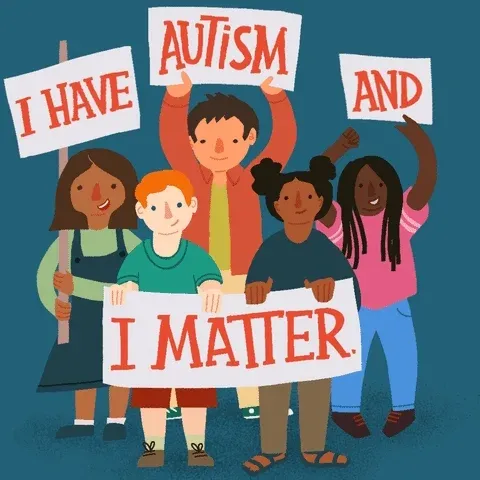
Stronger employer brand and reputation
When a company demonstrates its commitment to neurodiversity and creates an inclusive work environment, people notice.

It highlights how valuable the organization is, attracting all the best talent, and making everyone want to join the team.
Scenario
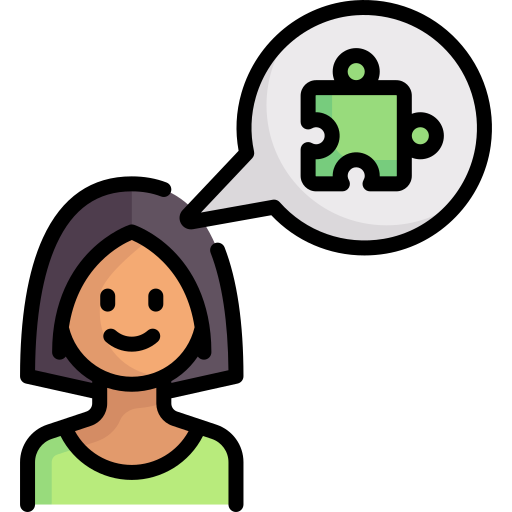
Anna is a neurodivergent graphic designer. She often feels overwhelmed in loud, open-plan offices and has difficulty meeting tight deadlines due to her perfectionism. However, she excels at coming up with unique and creative design solutions.
What would Anna's ideal work environment be like?
A. A fast-paced, collaborative workspace with constant feedback
B. A highly social and interactive work environment with open communication
C. A quiet, structured environment with clear expectations and deadlines
D. A completely remote work environment with minimal communication requirements
Quiz
Choose the best workplace for Anna:
A quiet, structured environment addresses both her sensitivity to noise and her tendency towards perfectionism. Clear expectations and deadlines can reduce anxiety and allow her to focus on her strengths. While remote work might offer some benefits for her, relying on minimal communication would be counterproductive, especially in collaborative design projects.
Take Action
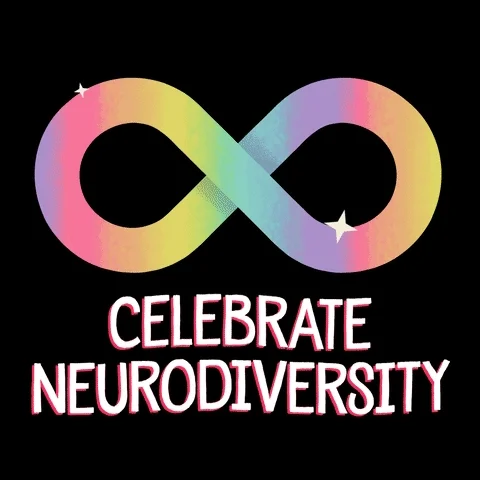
This Byte has been authored by
Sinem Başaran
Digital Learning Designer
BA